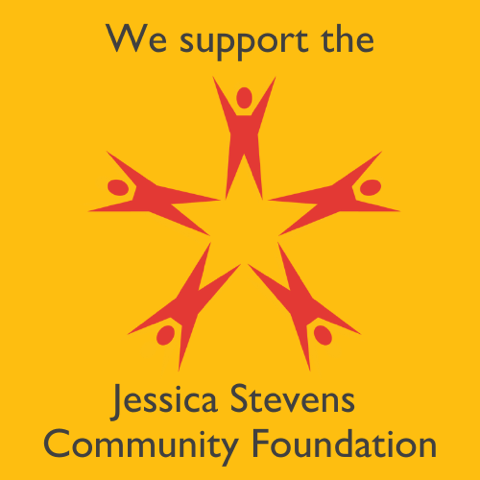Classically, Pranayama was used to develop the body and mind for the higher limbs of yoga (the subtle practices of sense withdrawal, one pointed concentration and meditation). However, breathing is one of the few bodily functions that are both conscious and unconscious. The way we breathe affects bodily functions such as blood pressure, heart rate, digestion, and sleep for better or worse. By practicing various pranayama techniques, we can learn how to calm the mind, increase lung capacity, open the nasal passages, and even strengthen the core.
Back in March 2020, when everyone else was learning how to bake bread, making home improvements, or catching up on their reading list, I decided to devote more time to practicing Pranayama, the fourth limb of yoga. As a yoga teacher for over 20 years, it was one of those things that I always thought I “should” do but never made the time for. Having access to my teacher via zoom, provided me with the support for a deeper dive into Pranayama (and got rid of at least two or three of my excuses).
I’ve been practicing Pranayama more consistently for almost two years now. I am still a beginner, but I have learned a few things about the importance of this subtle practice and am bringing some of the techniques into my group and private teaching.
Hopefully, I’ve convinced you of the benefits of a Pranayama practice. I’d love to share what I’ve learned and help you with your journey.

